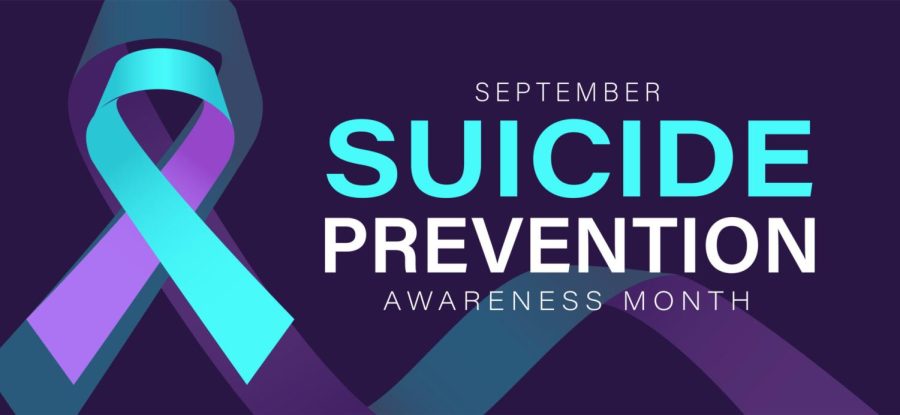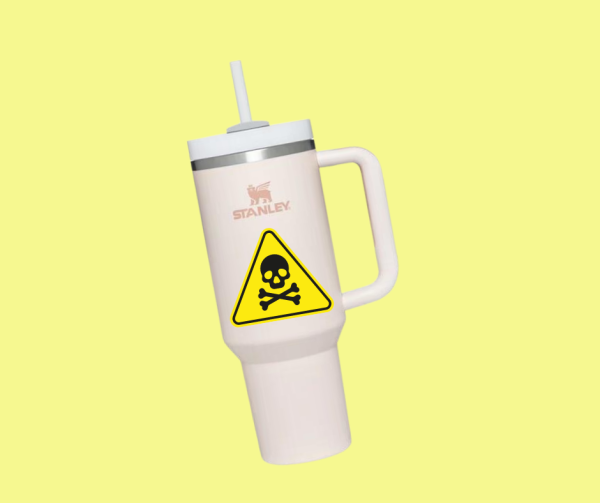“It’s OK to not be OK”: Suicide Prevention Month reminds us of the importance of awareness
The statistics regarding suicidal ideation among young people continue to be startling
October 2, 2022
Almost 19% of high school students have had serious thoughts about suicide. At RV, our student body consists of around 2,000 students. According to this statistic, 376 of those students have experienced these thoughts at one point. That number—almost as big as an entire grade—is how many people statistically experience suicidal thoughts just at RV. But how do we know for sure the number of people who experience suicidal ideation?
We can never know exactly how many people are impacted; there are too many people who never speak up, so any number you find online is only an estimation. As aware as we try to make our society, it is impossible to see every person who is struggling if they don’t let you. However, we can observe behaviors to get a glimpse of what might be happening inside someone’s brain.
Recognizing the warning signs of suicide is as necessary for prevention as understanding what causes suicidal ideation in the first place.
Suicidal ideation, also known as suicidal thoughts, “can occur when a person feels that they are no longer able to cope with an overwhelming situation,” according to Medical News Today. Risk factors and certain conditions can put someone at a predisposition to develop suicidal thoughts. These include (but are not limited to) mental health conditions like depression, schizophrenia, bipolar disorder, alcohol or drug dependence and post-traumatic stress disorder. Legal problems, debt, possessing a gun or other lethal methods, bullying and trauma are all risk factors too.
By looking for warning signs, you can help find support for someone before it is too late. Not every suicidal individual displays every warning sign, nor does every suicidal individual display any at all. There are verbal, behavioral and mood signs, according to Medical News Today.
- Verbal signs: Talking about suicide, expressing a desire to die, saying they feel like a burden, talking about depression or feelings of entrapment and/or talking about a specific suicide plan.
- Behavioral signs: Writing a suicide note, engaging in self-harm, change in sleeping or eating habits, neglecting hobbies, researching suicide/suicide methods online, giving away possessions and withdrawal from routines.
- Mood Signs: History of mental health symptoms and/or conditions, psychotic symptoms, loneliness, extreme mood swings, shame and humiliation and/or anger.
So what can we do to reduce suicide? According to the CDC, the answer comes in societal change; the CDC calls for the need to strengthen economic support, increase access to mental health care, teach coping skills, identify people at risk and create an environment to prevent future incidents.
“It’s okay to not be okay,” said Mrs. Dawn Flanagan, a guidance counselor at RV. “There are resources [in school and] there are people that can help… so that hopefully they can get the [support] they need.”
Many experts point out that this epidemic on human health won’t end without awareness. Suicide rates are increasing, but the way to fight them is through education. Experts claim that we as a society have the opportunity to show people they aren’t alone and things can get better. Furthermore, awareness can encourage research to understand more about what causes suicidal behavior and therefore how to prevent it.
If you or a loved one is struggling, reach out immediately. The suicide hotline number is 1-800-273-8255, but support can also be found elsewhere: counselors, out-patient therapy, mental health apps, and more.













Preston • Oct 9, 2022 at 3:40 pm
Great article, and an important one as well. Mental health is often not given enough attention. Trauma explained in youth, if not addressed, can negatively affect one’s entire life. Some may avoid ‘pulling the trigger ‘ only to live a life of self-defeating, dysfunctional behavior. You are right, it’s okay to not be okay. But get help. You don’t have to do it alone.